The Journey of a Successful Entrepreneur. The great story of a huge collective success
Extraits

Non classé
Read Ancient African scripts from any current African language. Volume 2
05/2020
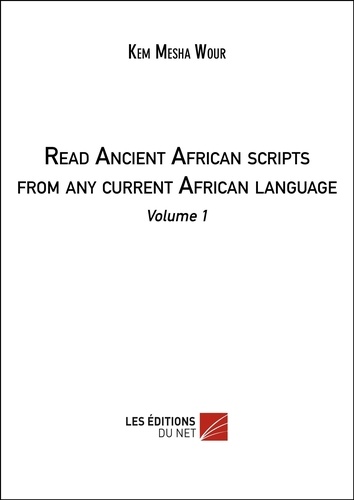
Non classé
Read Ancient African scripts from any current African language. Volume 1
05/2020
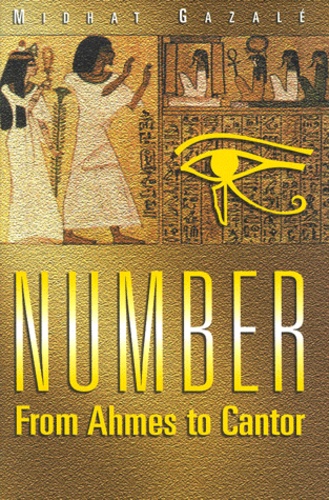
Histoire et Philosophiesophie
Number from Ahmes to Cantor
01/2000
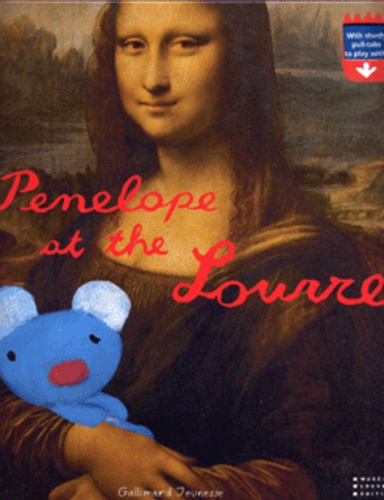
Livres 3 ans et +
Penelope at the Louvre
01/2009

Religion
A Study of Conversion Among The Angas of Plateau State of Nigeria With Emphasis on Christianity
01/1992
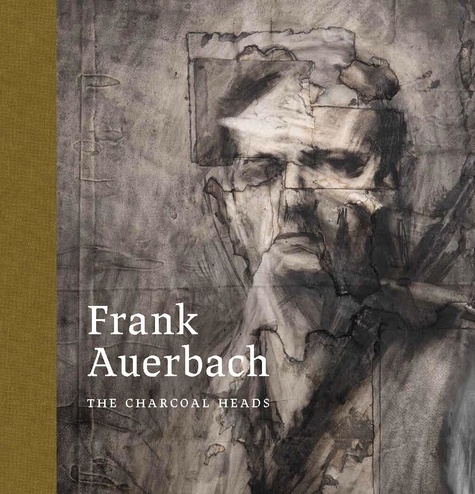
Mouvements artistiques
Frank Auerbach. The Charcoal Heads
03/2024
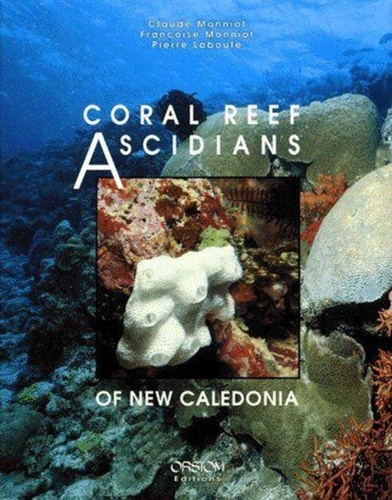
Sciences de la terre et de la
Coral reef ascidians of New Caledonia
08/1991
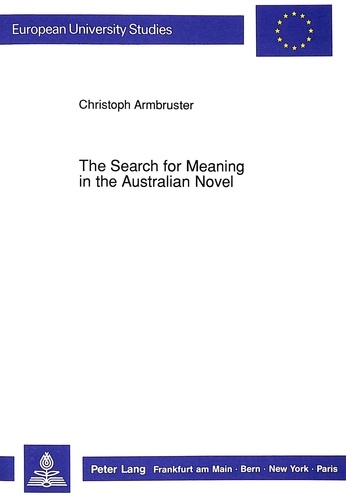
Sociologie
The Search for Meaning in the Australian Novel
10/1991
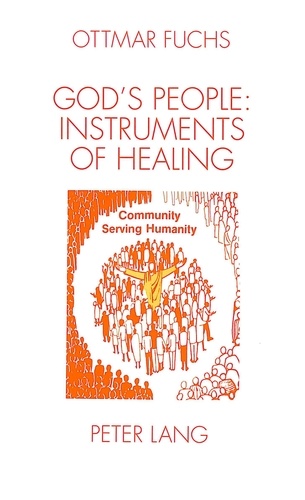
Religion
God's People: Instruments of Healing
07/1993
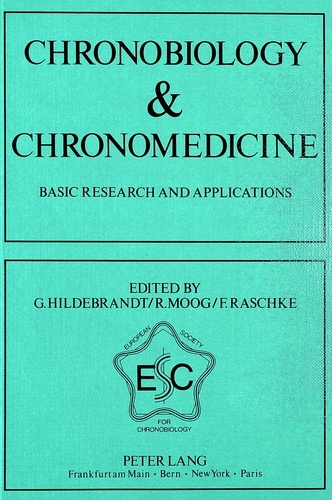
Non classé
Chronobiology & Chronomedicine- Basic Research and Applications
06/1987

Monographies
Burmese Silver from the Colonial Period
09/2022

Philosophie
Agencies of the Good in the Work of Iris Murdoch
10/1991

12 ans et +
The Book of Ivy Tome 2 : The Revolution of Ivy
11/2015

Non classé
Studies in Elizabethan Audience Response to the Theatre
02/1993
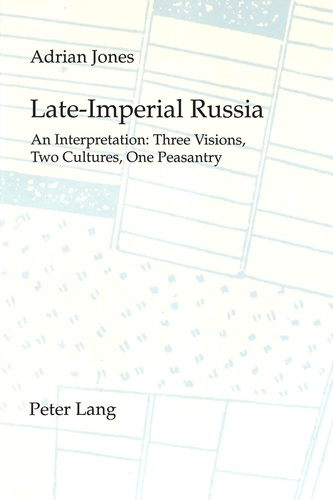
Histoire internationale
Late-Imperial Russia: An Interpretation
09/1997
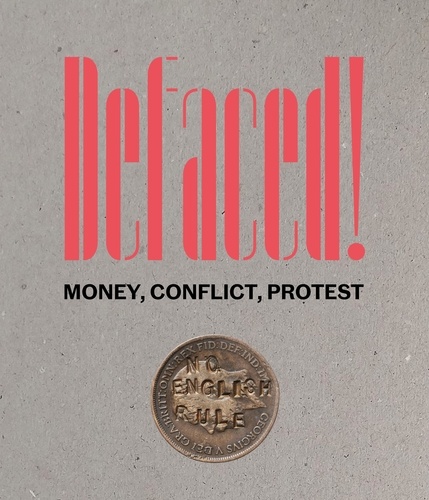
Monographies
Defaced! Money, Conflict, Protest
12/2022
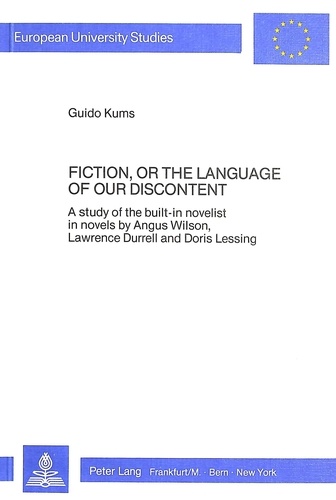
Non classé
Fiction, or the language of our discontent
12/1985

Sociologie
A Handbook of Global Citizenship Education. The Belgian perspective
01/2023

Non classé
Labouring Lives
10/2014
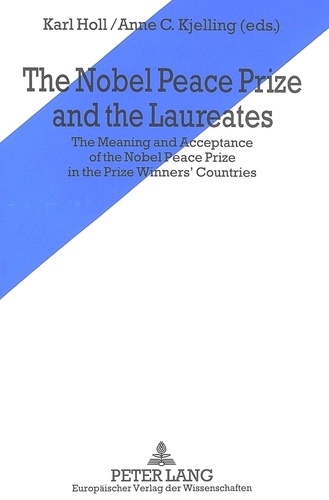
Non classé
The Nobel Peace Prize and the Laureates
05/1994
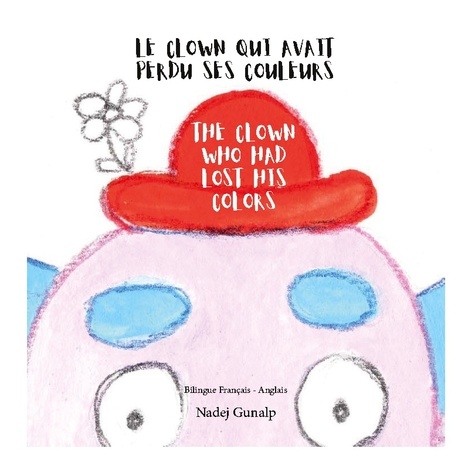
Autres éditeurs (A à E)
Le clown qui avait perdu ses couleurs. Edition bilingue français-anglais
07/2022

Monographies
Chu Teh-Chun. In Nebula, Edition bilingue français-anglais
04/2024
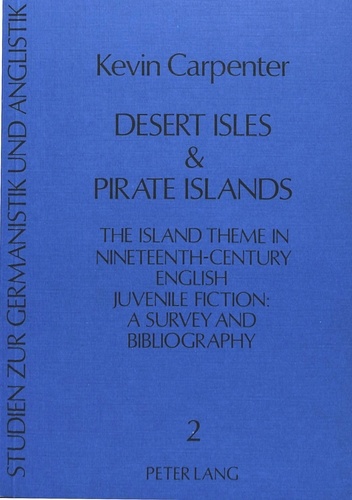
Non classé
Desert Isles & Pirate Islands
12/1984

Anglais apprentissage
The Sound and the Fury / As I Lay Dying, William Faulkner
01/1999
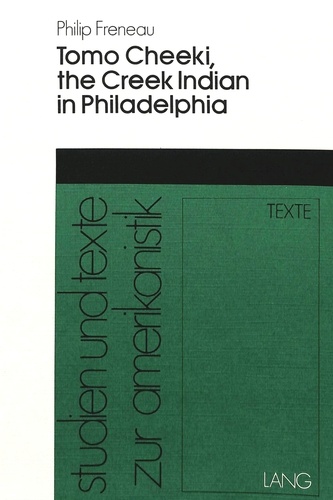
Non classé
Philip Freneau- Tomo Cheeki, the Creek Indian in Philadelphia
12/1987
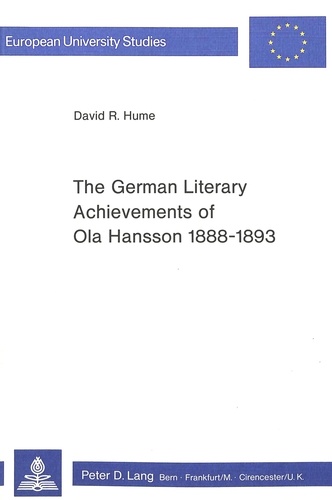
Non classé
The German Literary Achievements of Ola Hansson 1888-1893
12/1979

Histoire et Philosophiesophie
SCIENCE, TECHNOLOGY AND SOCIETY IN CONTEMPORARY JAPAN
01/1999

Philosophie
Issues in the Philosophy of Language Past and Present
11/1999
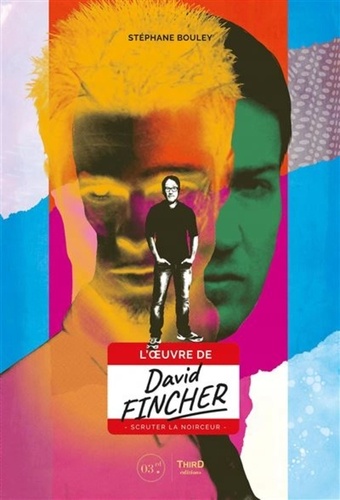
Cinéastes, réalisateurs
L'oeuvre de David Fincher. Scruter la noirceur
11/2022

Physique, chimie
INTRODUCTION TO AIRCRAFT DESIGN
01/1999
